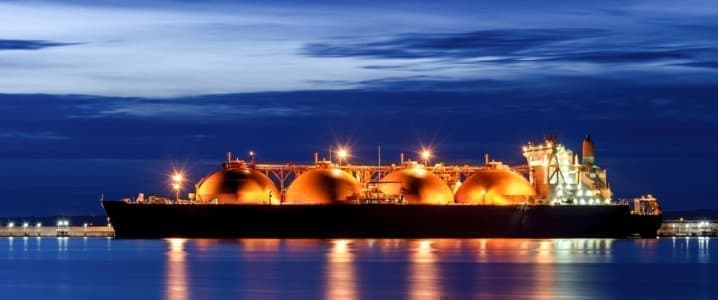Energy Transfer is targeting a final investment decision on its Lake Charles LNG export project in Louisiana by the end of the year as it is progressing with contracting LNG offtake volumes, the U.S. pipeline giant said during the Q1 earnings call.
Energy Transfer is developing the project, which will convert its existing Lake Charles LNG import and regasification facility into an LNG export facility.
The Lake Charles LNG project is fully permitted, uses existing infrastructure, and benefits from an abundant natural gas supply through existing connections to the Henry Hub and connectivity to Energy Transfer’s vast network of natural gas pipelines, the company says.
Over the past weeks, Energy Transfer has signed several offtake agreements. It is currently in discussions for the remaining uncommitted LNG offtake volume and is targeting FID by year-end, co-CEO and CFO Thomas Long said on the Q1 earnings call.
Last month, Energy Transfer entered into a Heads of Agreement (HOA) with MidOcean Energy for the joint development of the Lake Charles LNG project, which MidOcean would commit to fund 30% of construction costs and be entitled to receive 30% of LNG production, or about 5 million tonnes per year. This deal is subject to Energy Transfer LNG taking a positive final investment decision as well as the satisfaction of other conditions precedent.
Also in April, Lake Charles LNG signed a binding sales and purchase agreement with a Japanese utility company for up to 1.0 MTPA, subject to the approval of the board of directors of this company, expected by the end of May 2025. Lake Charles LNG also signed an HOA with a German energy company for 1.0 MTPA last month.
“We are making substantial progress towards commercialization of the project,” Energy Transfer’s Long said on the call with analysts.
Demand for U.S. LNG is high as Europe is buying up American cargoes to fill gas storage before next winter and appease U.S. President Donald Trump amid the tariff blitz on America’s trade partners.
However, higher costs, supply chain issues, and the U.S. steel tariffs could make large energy infrastructure projects much more expensive than originally planned.
By Charles Kennedy for Oilprice.com
More Top Reads From Oilprice.com

